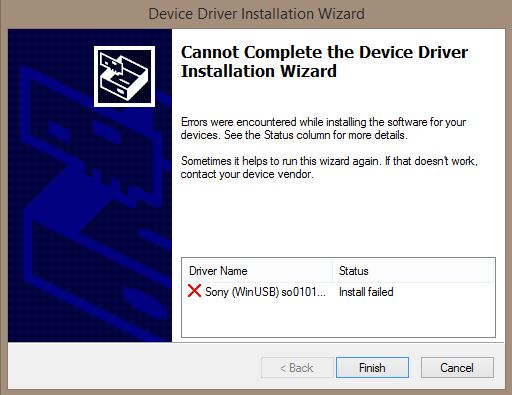

- #Windows 7 driver signature enforcement install#
- #Windows 7 driver signature enforcement windows 10#
- #Windows 7 driver signature enforcement windows#

Using Driver Signature Enforcement Overriderĭownload the application from the Softpedia link.
#Windows 7 driver signature enforcement windows#
on the next window open the "Details" tab and click "Save to File."ħ.1 either in a batch /cmd script using "certutil.exe -f -addstore "TrustedPublisher" "MYFILE.cer" prior to setupħ.2 or by Group Policies (computer \ Policies \ Windows \ Security \ Public Key Policies \ add your files here ). on the next window click "Show Certificate". "Digital Signatures" tab, mark the certificate, click on details go to %windir%\system32\catroot\OEM?.CAT (<- same number as in step 2) right click on this file, select properties, go to. go to %windir%\inf and search for the latest OEM?.INF file open it (notepad) and verify by its contents that this is the driver you. #Windows 7 driver signature enforcement install#
install the software once manually by confirming that the unsigned drivers shall be used. Keep in mind that after the next restart, Driver Signature Enforcement will be automatically enabled again to prevent new drivers from being installed, but Windows will keep using any unsigned drivers you’ve already installed. Just ignore the warning message and choose “ Install this driver software anyway” to complete the installation. During the installation procedure, Windows will inform you that can’t verify the publisher of this driver software. Proceed to install your unsigned drivers. After restart in Startup Settings windows, press the F7 key on your keyboard to select “ Disable driver signature enforcement“. Click the Restart button on the Startup Settings screen to reboot your computer again. In the Advanced Options window, choose Startup Settings. Once your Computer has rebooted you will need to choose the Troubleshoot option. Windows informs you that you are about to be signed off. Press the Windows key + R to bring up the Run box. 
If you don’t want to use the method above to permanently disable Driver Signature Enforcement, here is a solution for you to temporary turn off Driver Signature Enforcement to install unsigned driver: Option 2: Disable Driver Signature Enforcement Once If you need to enable the Driver Signature Enforcement again, run this command instead: From now on, you will be able to install or run any unsigned driver without problems.
Close the Command Prompt and restart your computer. If you see a message saying the value is protected by Secure Boot policy, then you have to turn off Secure Boot in the UEFI/BIOS, before disabling Driver Signature Enforcement. You should receive “The operation completed successfully” message. Type in the following command and press Enter. #Windows 7 driver signature enforcement windows 10#
In Windows 10 or 8, just press the Windows key + X and then select “Command Prompt (Admin)”. Open a Command Prompt with admin privileges.

Option 1: Disable Driver Signature Enforcement Completely Today, we’ll show you 2 methods to disable Driver Signature Enforcement in Windows 10, 8, 7 (64-bit) so you can then install / load unsigned drivers without problems. The problem is that many devices ship with unsigned drivers. After installing an unsigned device driver, it will always result in a blue screen of death during the startup process. It was designed to prevent unsigned device drivers (or kernel modules in general) from being loaded and executed. In 64-bit operating systems starting with Windows Vista, Windows will load a kernel-mode driver only if the driver is signed.








 0 kommentar(er)
0 kommentar(er)
